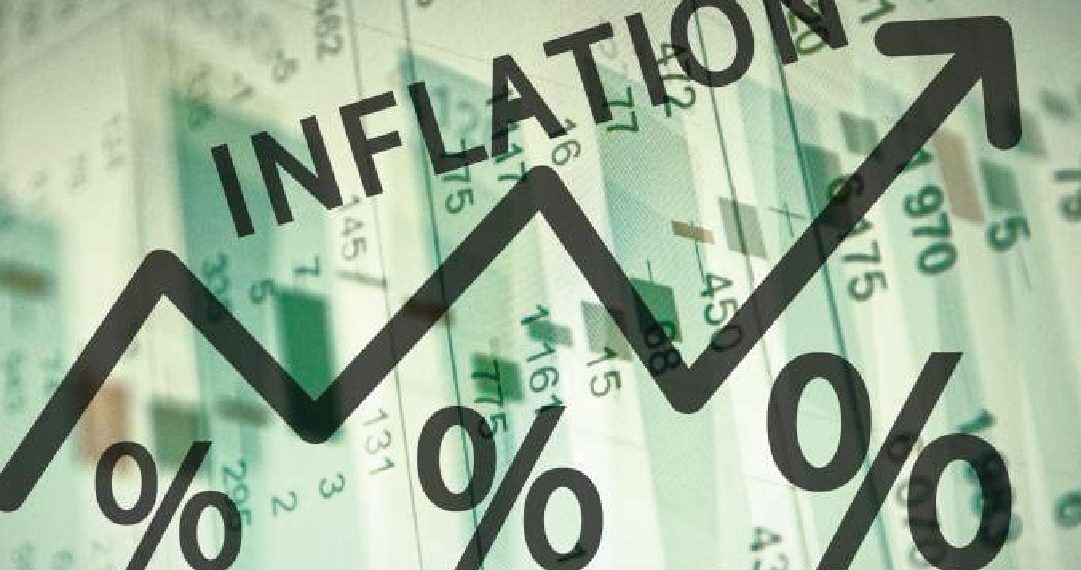The United States of America Dollar climbed broadly on Monday, August 14, as traders unwound bearish bets against the U.S. currency that have come in the wake of increasing tensions with North Korea and underwhelming inflation data.
The dollar index, which tracks the greenback against six major world currencies, rose 0.3 percent.
The dollar index fell to its lowest level since May 2016 earlier this month. Last week it fell to an eight-week low against the Japanese yen. On Monday the dollar rose 0.3 percent against the yen to 109.48 yen.
The absence of further abrasive rhetoric by U.S. President Donald Trump and North Korean leader Kim Jong Un over the weekend helped bring investors back to the dollar, analysts said.
Chinese President Xi Jinping called on Saturday for a peaceful resolution to the North Korean nuclear issue, and in a call with Trump urged all sides to avoid words or action that raise tensions.
Against the Swiss franc, traditionally considered a safe-haven currency that strengthens in times of geopolitical stress, the dollar was on pace for its largest one-day percentage gain since late July.
“Given that positioning is so stretched in one direction, the market’s started to … reverse,” said Mark McCormick, North American head of FX strategy at TD Securities in Toronto. “We’re seeing a bit of an unwind of the strong yen and Swiss franc position.”
McCormick added that because of the dollar’s deterioration, it would take fresh negative headlines about the U.S. and North Korea for the dollar to continue to weaken.
“There’s a very low bar for positive surprises to feed back into the U.S. dollar,” he said.
The dollar was also boosted by gains in U.S. stock markets, said Brian Daingerfield, macro strategist at NatWest Markets in Stamford, Connecticut.
The benchmark S&P 500 stock index was up 1.05 percent, bouncing back from sizeable losses touched last week.
World stocks also rose, showing signs of relief after fears of a nuclear stand-off drove them to the biggest weekly losses of 2017 last wee, Reuters reports.
Investors are looking to a report on U.S. retail sales due Tuesday for their next clue on the trajectory of U.S. inflation.













